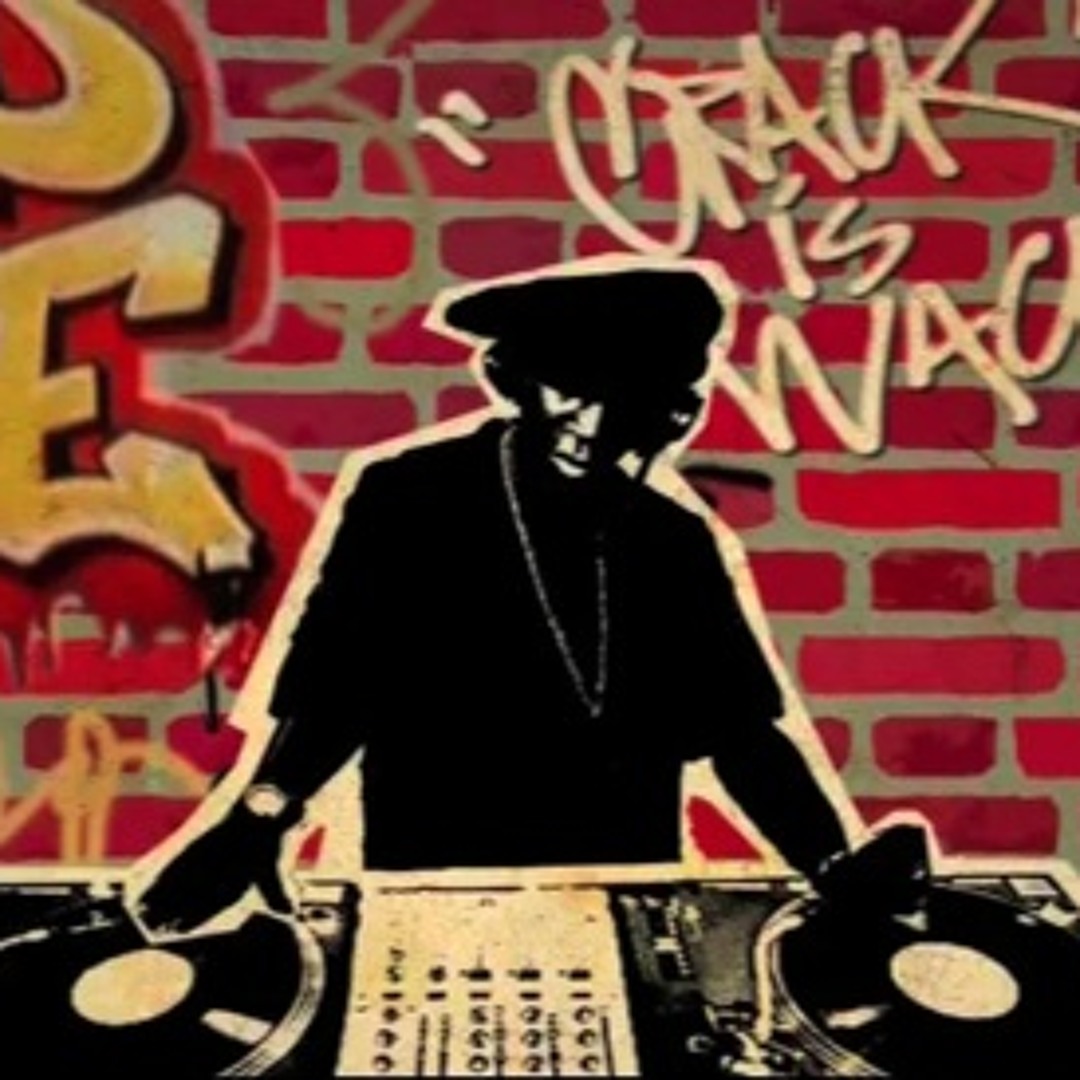My Journey To "I Made It Lil Wayne": The Craft Behind True Accomplishment
You know, that feeling of reaching a goal, of finally seeing something through, it’s truly something special. For me, that moment, that declaration of triumph, feels a lot like saying, "I made it lil wayne." It's not about fame or fortune, not in the usual sense anyway. It's about the deep satisfaction that comes from creating, from understanding how things come together, and from pushing through to get to a point where you can look back and genuinely feel a sense of completion. This idea of "making it" is, you know, pretty personal, and it connects with the very core of what it means to build something, whether it’s a physical object or a path in life.
It's a declaration that speaks to the heart of what we build, what we learn, and the connections we make along the way. Think about the care put into crafting something unique, or the effort that goes into understanding a complex historical piece. That kind of work, that dedication, it really shapes you. It gives you a perspective on quality and authenticity, and that, is that, truly makes all the difference in the world.
This whole idea, this personal "I made it lil wayne" moment, it’s wrapped up in the details, the materials, the stories of things brought into being. We'll explore some of these pieces, some of these moments of creation, and see how they all add up to that wonderful feeling of having achieved something significant. It’s about the quiet pride of knowing you put your heart into something, and that, in a way, is a victory all its own.
Table of Contents
- The Journey to "Making It": A Personal Chronicle
- The Art of Creation: From Pistols to Textiles
- Lessons from the Past: Quality and Persistence
- Reflections on the Path Forward
- Questions People Often Ask
The Journey to "Making It": A Personal Chronicle
Every single person has their own story of what "making it" truly means, and for me, it's about the deep satisfaction of hands-on work, of understanding history, and of building connections. It’s about the moments when a piece comes together just right, or when a long-standing question finally finds an answer. You know, it's those small victories that really add up over time, building a foundation for something bigger. This journey, it's been pretty rich with experiences, and each one, in some respects, has pushed me closer to that feeling of having really accomplished something.
Defining Moments and Key Insights
My path to feeling like "I made it lil wayne" has been shaped by a lot of different things, from the intricate workings of old firearms to the simple comfort of a homemade drink. It involves the people who have helped along the way, like my good friend Ken, also known as @rebel brit, who, you know, has given me so many unique items over the years. Their visit to "Fort Fukit" in April, just to check on me, really showed the kind of support that helps you keep going. It’s those personal touches, those connections, that really make the whole effort feel worthwhile, and quite honestly, they are a big part of why I feel so good about what I do.
| Milestone/Focus | Description | Impact on "Making It" |
|---|---|---|
| Crafting Relationships | Collaborating with friends like @rebel brit on one-of-a-kind creations. | Shows the value of shared passion and support in achieving goals. |
| Historical Exploration | Studying old manufacturing methods, like those used for pistols and textiles. | Deepens understanding of quality, ingenuity, and the human effort behind objects. |
| Personal Collections | Acquiring and appreciating historical items, such as an excavated Bowie knife or a Spanish cannon. | Connects personal passion with tangible history, creating a sense of guardianship and accomplishment. |
| Overcoming Challenges | Learning about material failures (e.g., India-made barrels) and their consequences. | Reinforces the importance of proper materials and methods, leading to a stronger sense of expertise. |
| Reflective Moments | Pausing to look back at progress, like the caravan reaching Cumberland Mountain. | Provides perspective and solidifies the feeling of having truly come a long way. |
The Art of Creation: From Pistols to Textiles
The essence of "making it" often comes down to the act of creation itself, whether it's building something from scratch or bringing a historical piece back to life. There’s a certain satisfaction that comes from understanding how things are put together, from the very first step to the last. This has been a big part of my personal journey, really getting into the details of how different items were made, and how that process shaped their story. It’s a bit like uncovering hidden knowledge, you know, and applying it to your own understanding of the world.
Handcrafted Beginnings: Early American Firearms
When you think about the early days of American manufacturing, especially with pistols, it’s pretty interesting how many smaller companies were around, not just the big names. For instance, there were folks like Dance Brothers in Galveston, Texas, making their own mark. These smaller makers, they often put a lot of personal touch into their work, creating pieces that were, you know, truly unique. It’s a good reminder that quality and ingenuity aren't just for the large-scale operations; they often start with a single person's dedication, and that, arguably, is where the real art begins.
We see this dedication in the concept of well-made interchangeable parts, which, as a matter of fact, was a dream come true for ordnance men. This idea made firearms simpler and less costly to produce, and it truly shaped how small arms would develop for a long time. It shows how a clever idea, executed well, can have a huge impact, making something more accessible and, well, just better. This focus on precision, even in simpler designs, really speaks to a high level of craftsmanship, something that, you know, we can still appreciate today.
The Fabric of History: Wool and Uniforms
Looking at textiles, especially from a historical viewpoint, you get a good sense of how much effort went into making things. The woolen warps needed for businesses, for example, were made right here in the mills of the Crenshaw Company. And the very finest wool, that, you know, came all the way from South America. It tells a story of sourcing materials, of local production, and of a whole system working together to create something essential. Even with all these mills, many Confederate soldiers, later in the war, were wearing uniforms made of cotton or a mix of cotton and wool, showing how circumstances can change production. The U.S. Army clothing from 1861 to 1865 was mostly made following patterns from 1858, which were, like your, official regulations. It highlights how important standards were, even during times of conflict.
Simple Pleasures: Homemade Beverages
Beyond the complex manufacturing, there's a simple beauty in homemade items, too. Things like apple cider and beer became quite popular domestically. And, you know, one kind of homemade alcoholic drink that got pretty big in the South was made by mixing different things. It speaks to a time when people made what they needed, often with what was available, and found joy in those simple creations. This kind of self-sufficiency, this ability to create comfort and pleasure from basic ingredients, it’s, like your, a form of "making it" in itself, showing resourcefulness and ingenuity in everyday life.
Lessons from the Past: Quality and Persistence
Every piece of history, every item made, holds lessons about quality, about what works, and about what really doesn't. Learning from these past efforts, both the successes and the failures, helps you appreciate the journey to "I made it lil wayne" even more. It’s about understanding the choices people made, the materials they used, and the consequences of those decisions. This kind of insight, you know, truly informs how you approach your own endeavors, making you think more carefully about every step.
The Importance of Good Materials
Consider, for instance, the barrels made in India, which were often welded along the seam using a method called skelp welding, and made from soft machine-grade steel. This, as a matter of fact, isn't the right kind of material, nor is it an approved way to make a barrel. This example really drives home the point that the starting materials matter a great deal. If you begin with something that isn't quite right, the end result, you know, probably won't be what you hoped for, and could even be dangerous. It reminds you that true quality begins at the very first step, with the raw components.
You see this too with stories of things going wrong, like the 1854 Lorenz reproduction rifle used by a reenactor at Gettysburg, which, apparently, blew up in his hands. Details are a bit sketchy, but it shows the real-world impact of poor construction or materials. This kind of incident, it underscores why understanding and using the right stuff, and the right methods, is absolutely critical when you’re making something. It’s a serious reminder that shortcuts, in the long run, are rarely worth it.
Learning from Historical Production
It’s fascinating to look at how things were produced historically, like the Remington-made rifle that was on contract from Springfield, made to look just like the 1863 Type 2 Springfield. The only difference, basically, was that Remington made it. This shows how manufacturing contracts worked, and how different makers could produce very similar items, sometimes with slight variations. It’s a look into the real workings of industry back then, and how different companies played their part in getting things made. This kind of history, you know, gives you a deeper appreciation for the processes that shape our world.
And thinking about the Confederate belt buckles, specifically the CSA snake buckles, it’s kind of a question that, you know, pops up: where did they really come from? I’ve read things on the internet, but it’s still a bit of a puzzle. This shows how history can have its lingering questions, and how getting to the bottom of things, even small details, can be a real pursuit. It’s about digging deeper, not just taking things at face value, which is, honestly, a good lesson for anything you’re trying to figure out.
The Power of Observation
Taking the time to truly observe, to look back at where you’ve come from, can be incredibly powerful. When the caravan finally made it to the top of Cumberland Mountain on the 21st, they paused, and, you know, they really looked back. Their thoughts were all about their families, their homes, and everything they had left behind. This moment of reflection, this quiet look at the journey, is so important for truly appreciating how far you’ve come. It’s a kind of personal inventory, and it really solidifies that feeling of having "made it."
Even in the arts, this idea of completeness, of getting it just right, holds true. I mean, I really like "Gods & Generals," but, you know, Maxwell probably should have released it at the director’s cut length. The original release just wandered all over the place, and it made so much more sense when the added parts were put in. This shows that the final version, the complete vision, is what truly makes a work shine. It’s about the whole picture, not just the pieces, and that, literally, applies to almost anything you create.
Reflections on the Path Forward
As I look at the small working cannon we have, made in Spain, about 28.5 inches long, with its 14-inch chrome barrel, it’s a tangible piece of craftsmanship. It’s a black powder cannon, and the frame is solid. This piece, like the excavated Bowie knife made by Edward Barnes & Sons of Sheffield, England, who was, you know, pretty active as a maker, represents a physical manifestation of skill and history. These items, they tell stories of their own creation, and they stand as proof of human ingenuity and dedication. They remind me that the act of making, of truly creating something, is a timeless endeavor.
The lessons learned from these historical artifacts, from the processes of manufacturing, and from personal experiences, they all feed into that big feeling of "I made it lil wayne." It’s a continuous process of learning, of refining, and of appreciating the journey. Whether it's the simple act of drawing a ration of corn bread during Grant’s Overland Campaign in June 1864, as shown in the “cooking tent” image, or the larger questions about societal expectations, like whether Episcopal priests in Richmond should have been made to pray for Lincoln, these moments and details shape our understanding. And if they wanted to pray for Jeff Davis as some kind of local or social leader, well, if he was one, that’s, you know, their choice. It’s all part of the big picture of human experience, of making choices and seeing things through.
This feeling of accomplishment, of having "made it," isn't a final destination; it's more like a milestone. It's about recognizing the effort, the learning, and the growth that happens along the way. It’s about the joy found in the process, and the quiet satisfaction of seeing your efforts come to fruition. It’s, you know, a pretty good feeling, and it motivates you to keep going, to keep making, and to keep learning. Learn more about craftsmanship and historical items on our site, and you can also find out more about past production methods right here.
Questions People Often Ask
People often have questions about what it really means to achieve something significant, and how that feeling comes about. Here are some thoughts on common inquiries related to this idea of "making it."
What does "I made it lil wayne" actually mean in this context?
In this particular context, "I made it lil wayne" is a personal, symbolic declaration of reaching a significant milestone or achieving a deep sense of accomplishment. It’s not about the musician, but rather about the feeling of having truly succeeded in a personal endeavor, like mastering a craft, completing a big project, or gaining a profound understanding of something complex. It’s, you know, a way to express that feeling of personal triumph, a moment of real pride in what you've done.
How do personal connections, like those with friends, play a part in feeling like you've "made it"?
Personal connections, like the one with my friend Ken, are absolutely vital

rentkorea - Blog

Stream dj jazzy | Listen to fat Joe t Kelly lil Wayne remix i make it

"Make It Rain" Didn't Just Change Lil Wayne's Career, It Shifted Pop